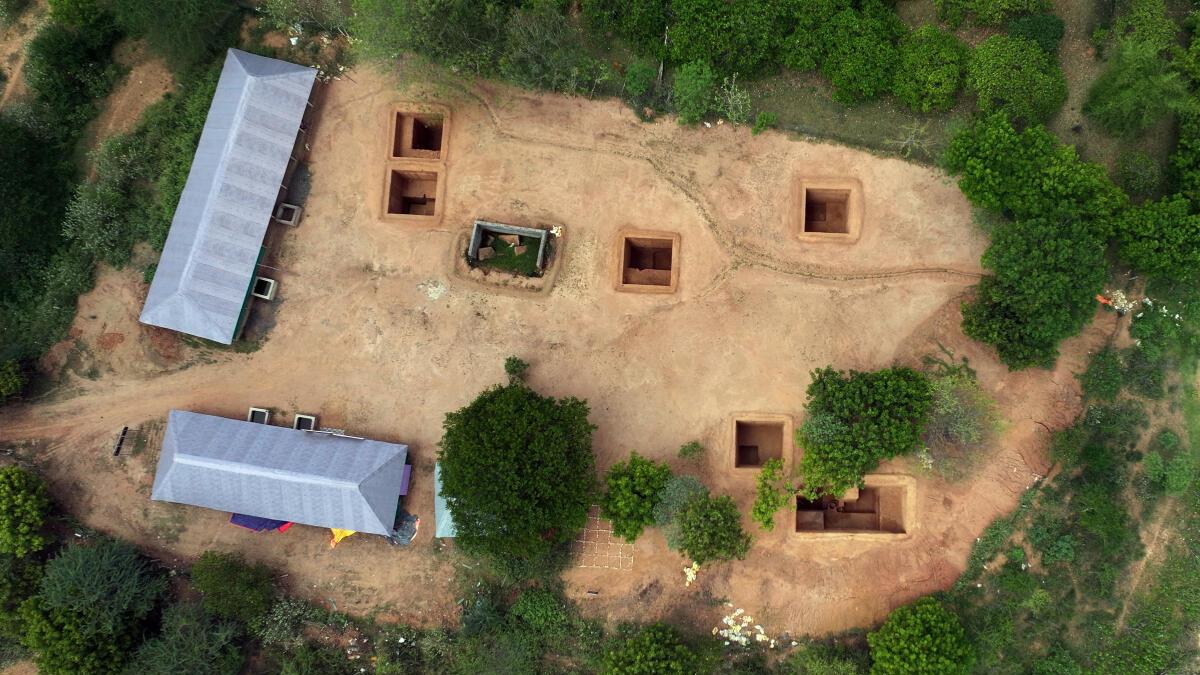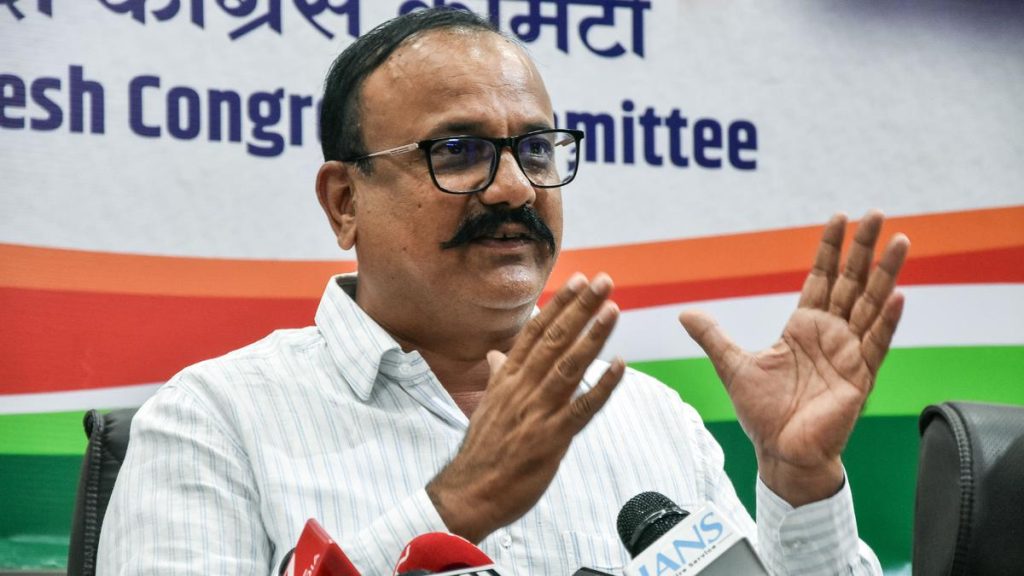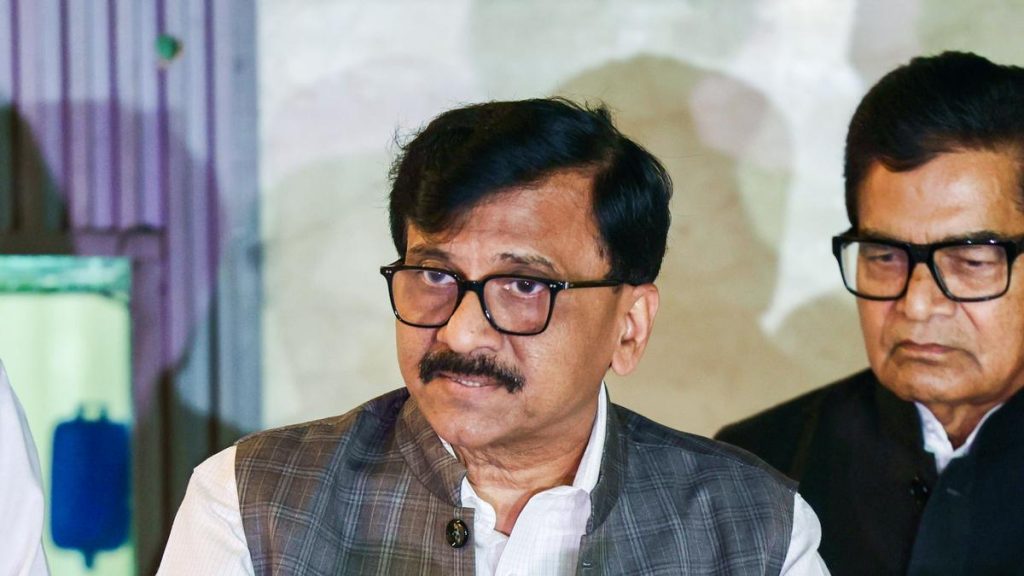Now Reading: Rediscovering History: The Marungur Chronicles
-
01
Rediscovering History: The Marungur Chronicles
Rediscovering History: The Marungur Chronicles

Fast Summary
- Excavation Site: Marungur village in Cuddalore district, Tamil Nadu, part of the ancient Naduvil Mandalam region.
- TNSDA excavation: Conducted between 2024-25 using advanced techniques like UAV mapping and LiDAR; evidence points to a settlement from the late Iron Age to Early Historic Period.
- Findings at Habitation Mound:
– Pottery fragments in various styles, including rouletted ware and graffiti-inscribed potsherds (some resembling Indus signs).
– Artifacts such as terracotta objects, iron implements (knife and chisel), bone points, beads of various colors/materials, copper bangle fragments, and medieval Chola coin.
– Large terracotta storage containers wiht bone tools unearthed at notable depths; soil samples collected for radiocarbon dating.
- Burial Site Discoveries:
– Megalithic structures including laterite stone circles yielded urn burials with iron swords/beads outside or inside urns. Offering pots surrounded the burial urns.
- Proposed Scientific Analysis: Charcoal samples for radiocarbon dating (Florida lab); pollen analysis by French Institute of Pondicherry; additional studies on lifestyle/relic chronology via archaeo-botanical investigations and petrology analyses.
Indian Opinion Analysis
The recent excavations at Marungur underscore Tamil Nadu’s deep-rooted historical continuity from the Iron Age to the Early Historic Period. The findings reveal advanced craftsmanship through pottery designs and tools while offering glimpses into burial practices reflecting social complexity. Notably, inscribed potsherds with Tamil Brahmi characters suggest a literate society predating commonly accepted timelines for written linguistic traditions in South India.
From an archaeological viewpoint, establishing connections between Marungur’s artefacts-such as Indus-sign resembling graffiti-and neighboring ancient port cities like Arikamedu opens pathways for understanding trade networks and cultural exchange in Southern India during antiquity. These discoveries also enrich academic narratives about Tamil nadu’s importance beyond Keeladi as a cradle of civilization.
Scientific analyses promised by TNSDA will provide essential corroborative data regarding material origins and timelines critical for reconstructing regional history with precision.such endeavors offer both academic enrichment globally while deepening local identities anchored in legacy recognition.























